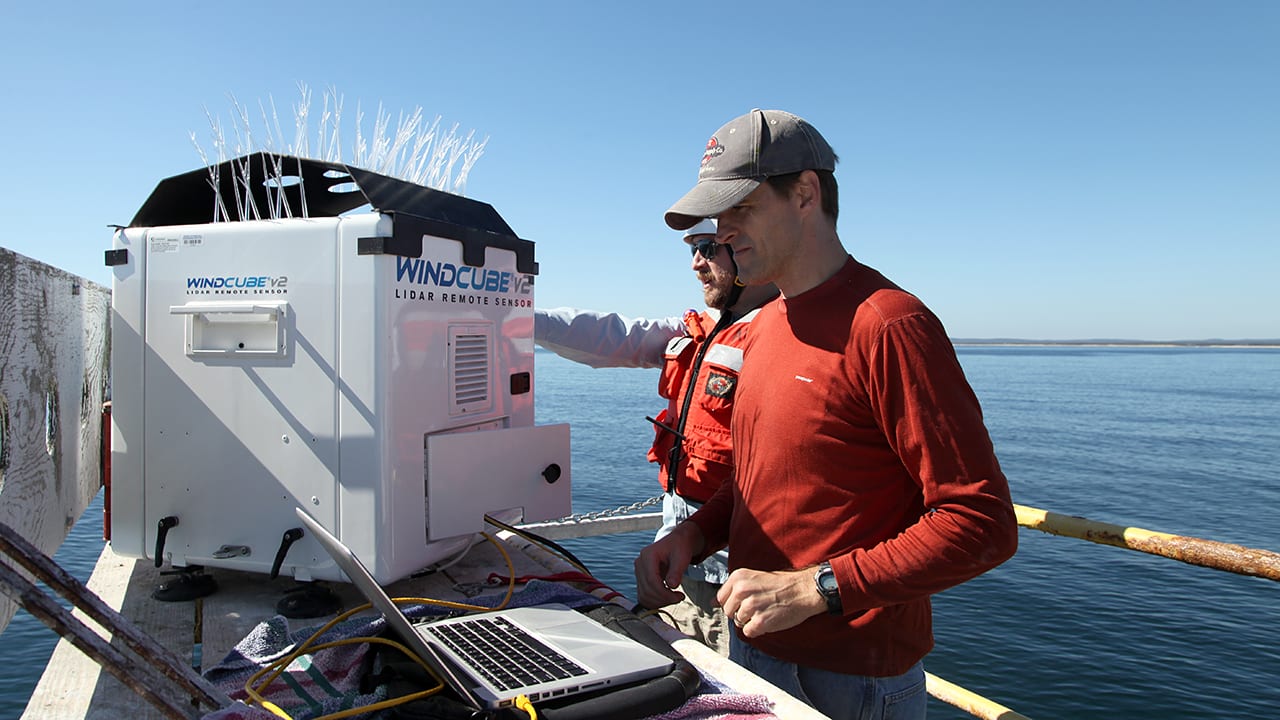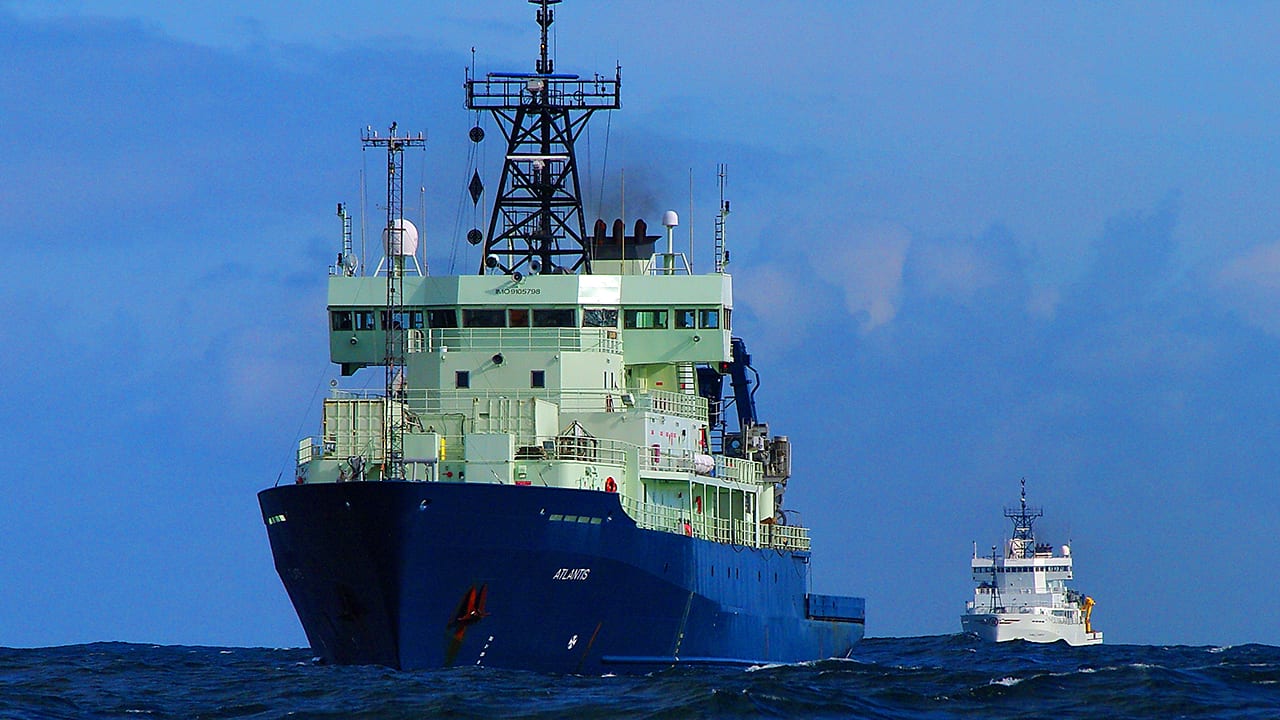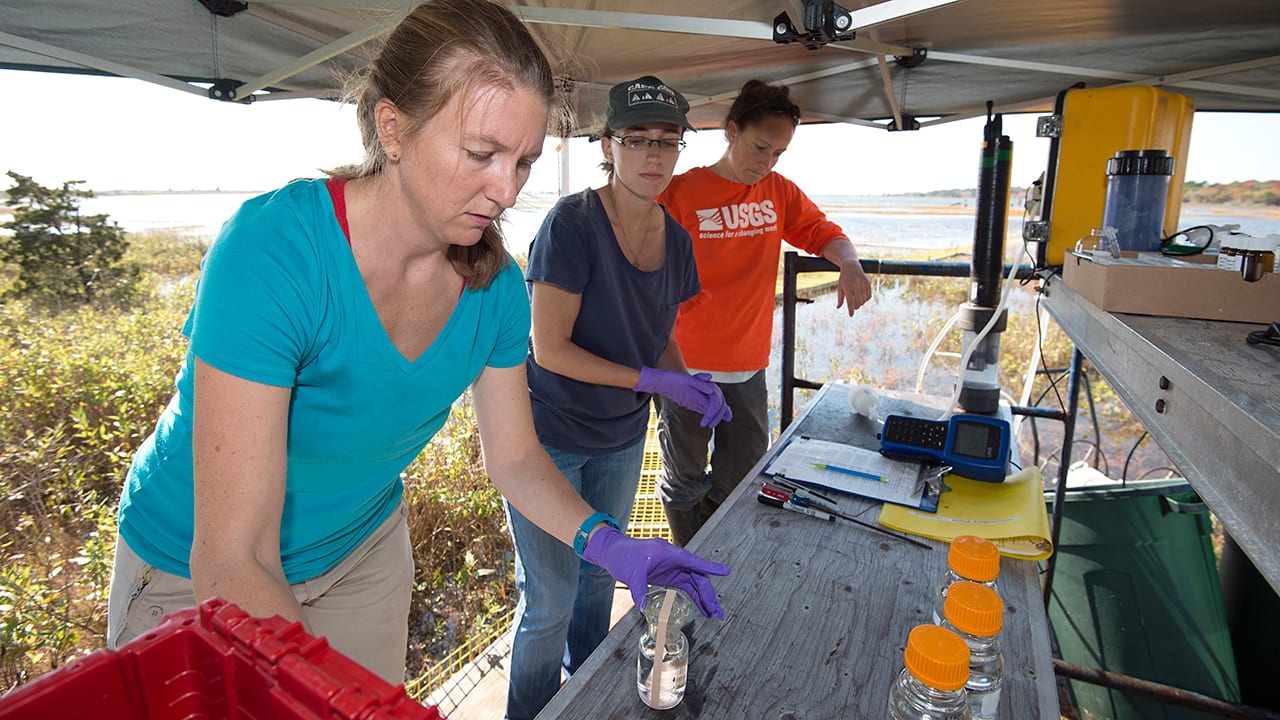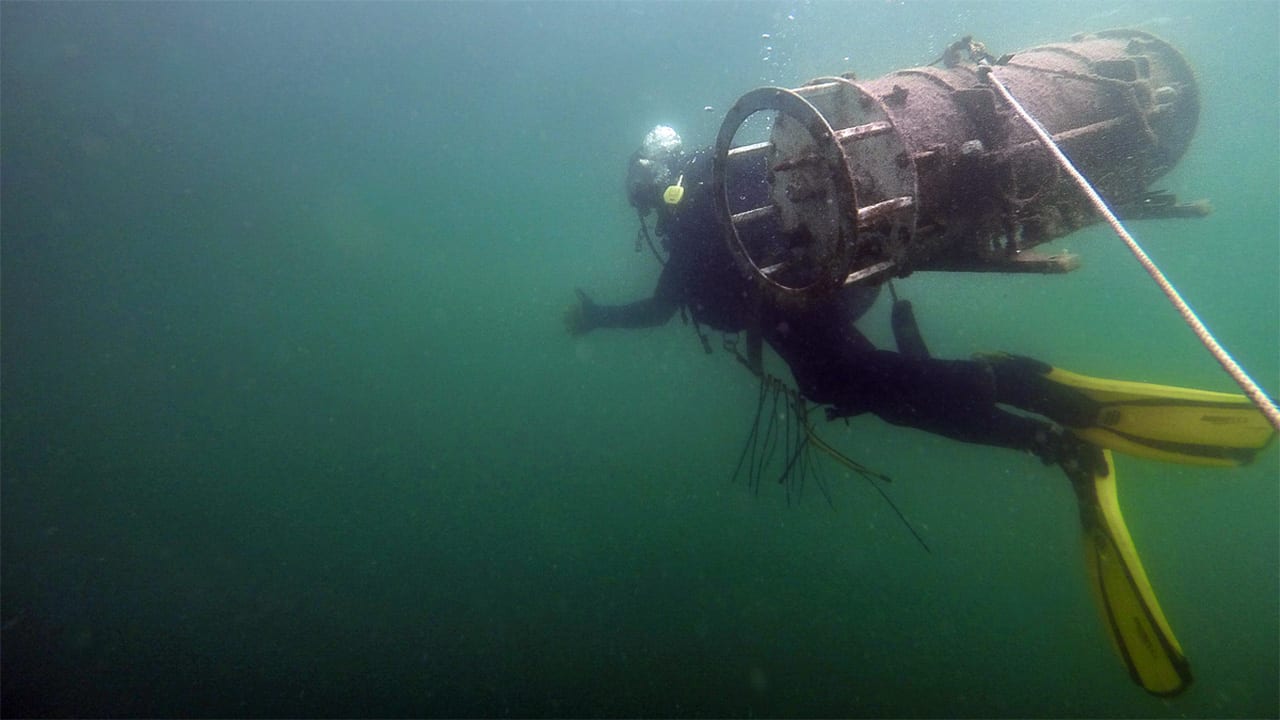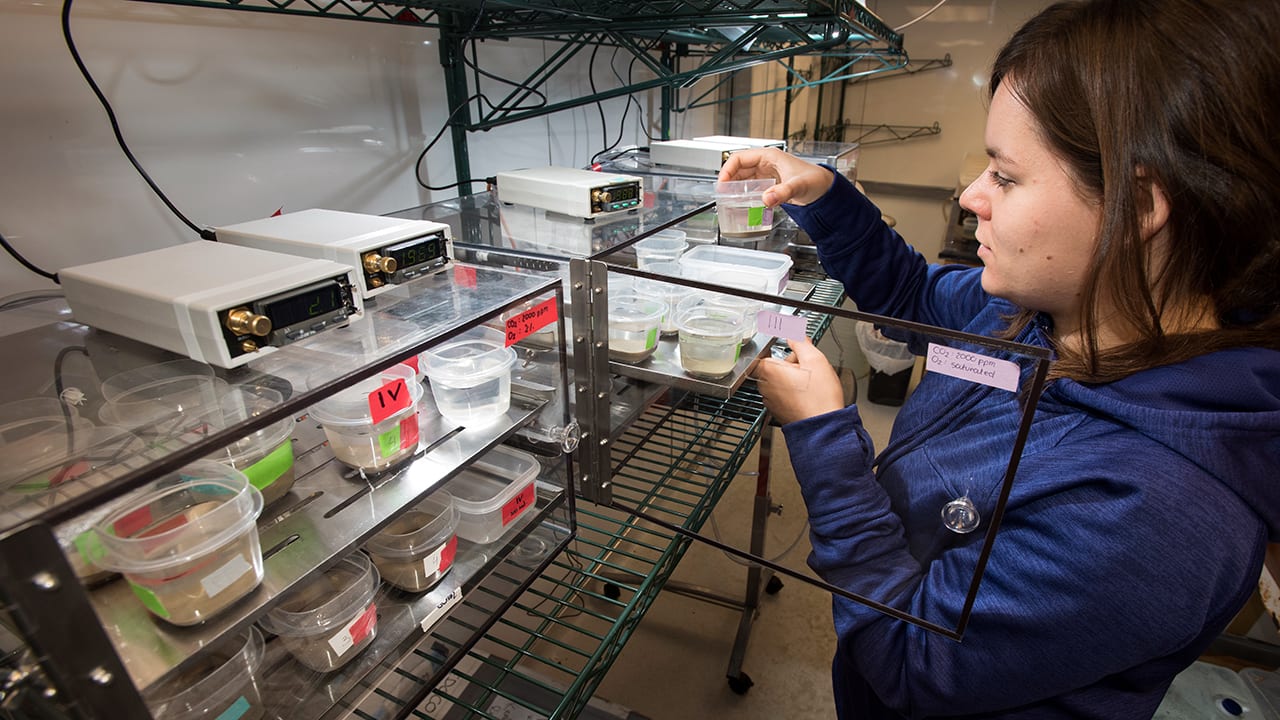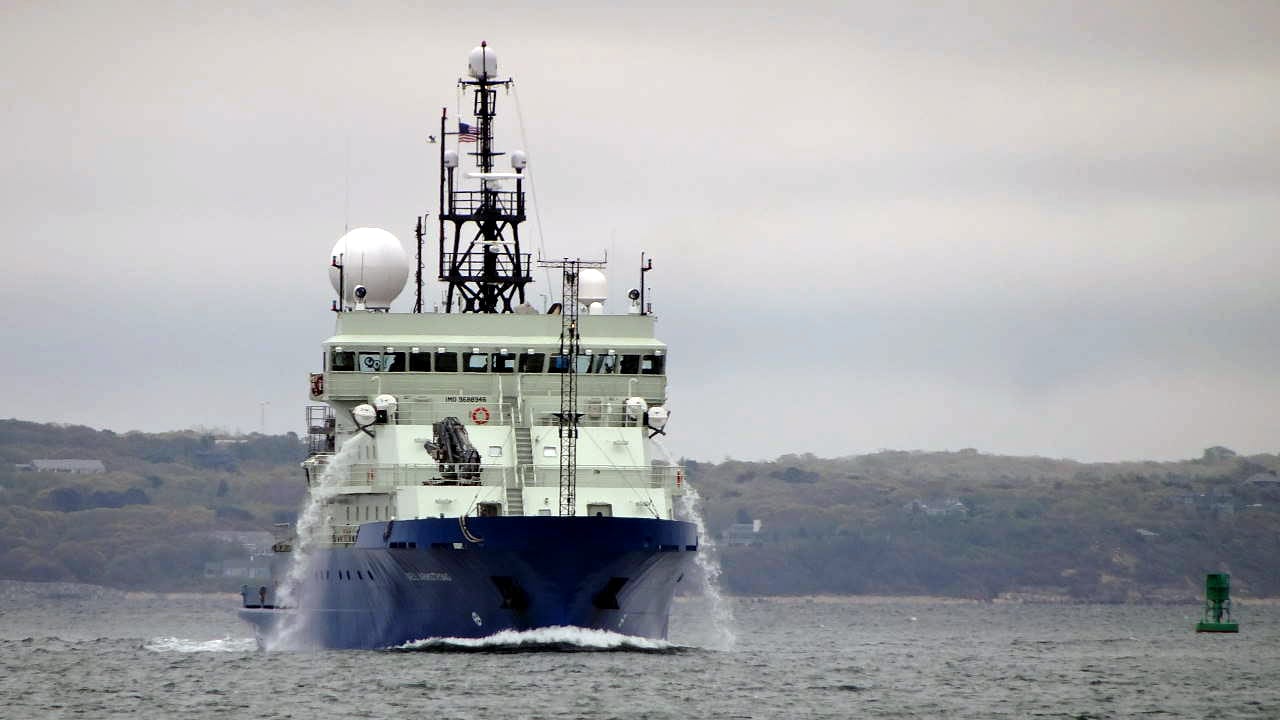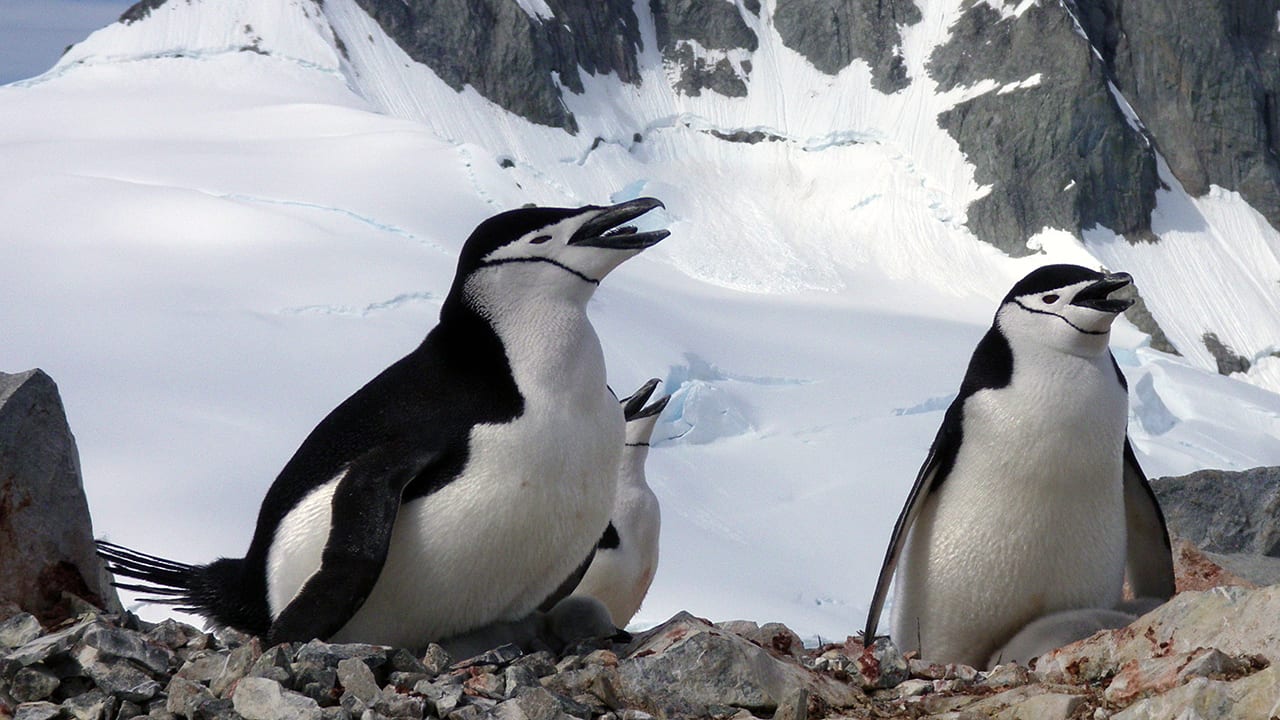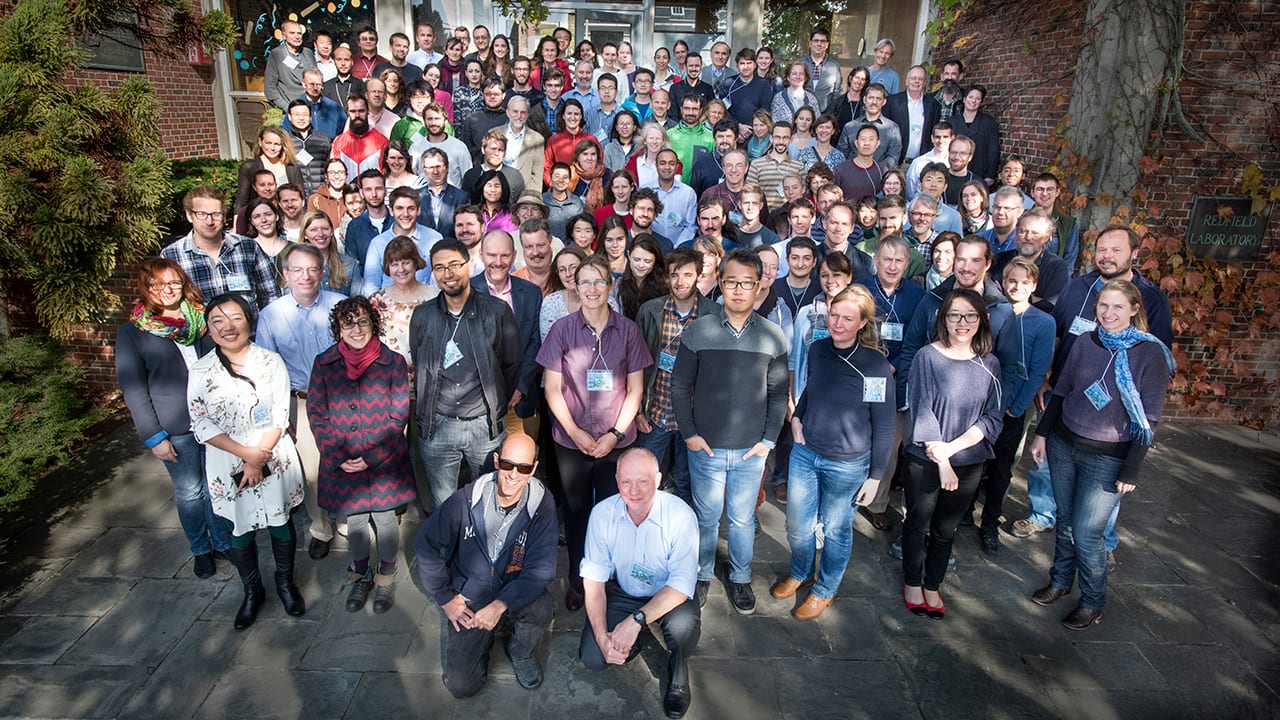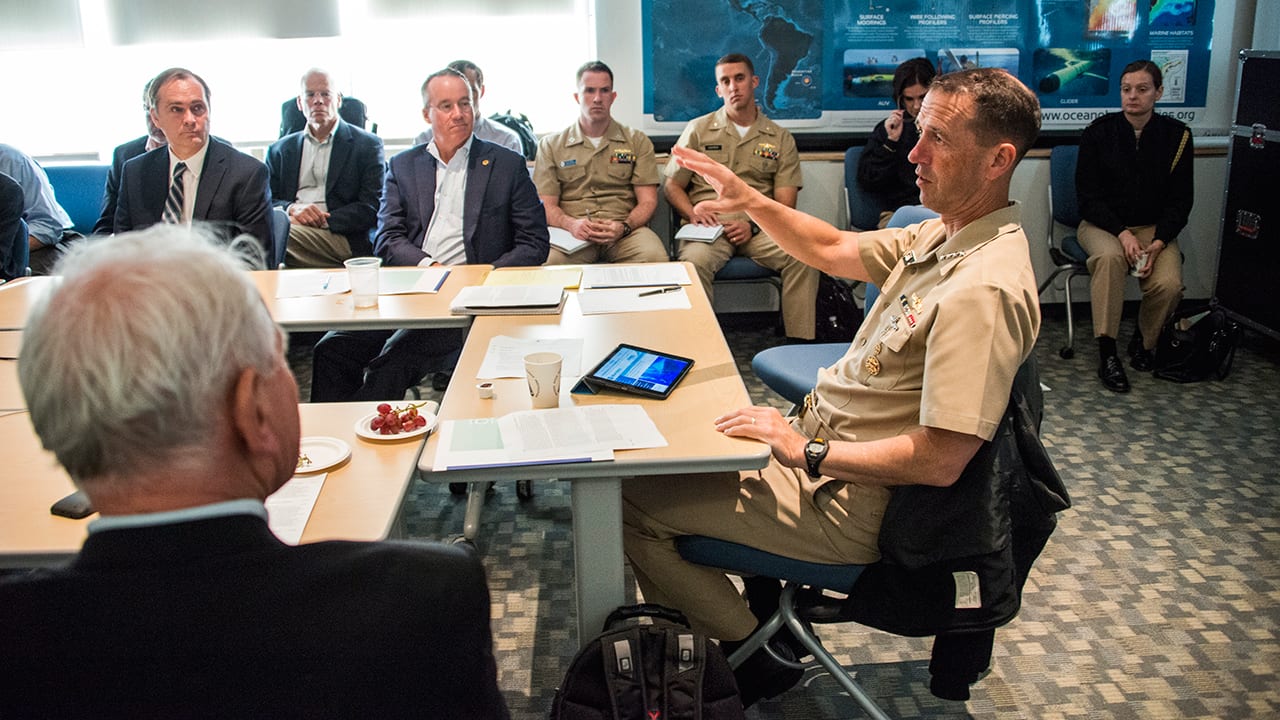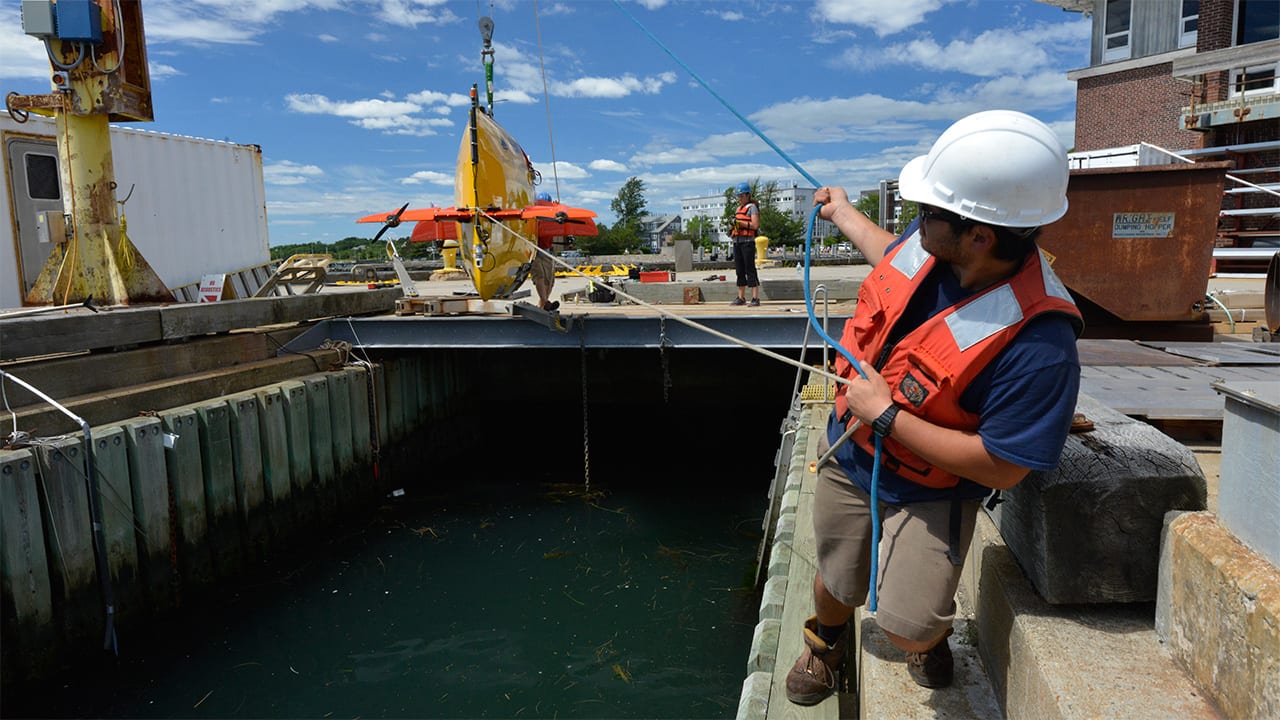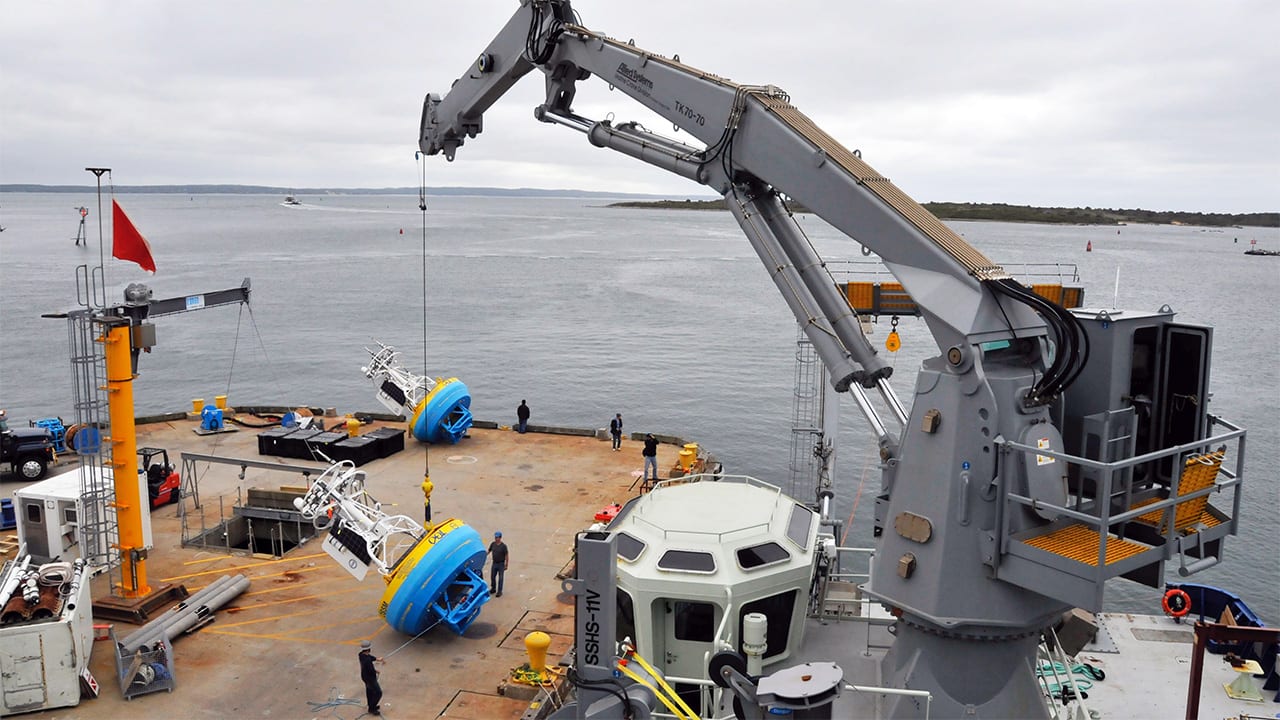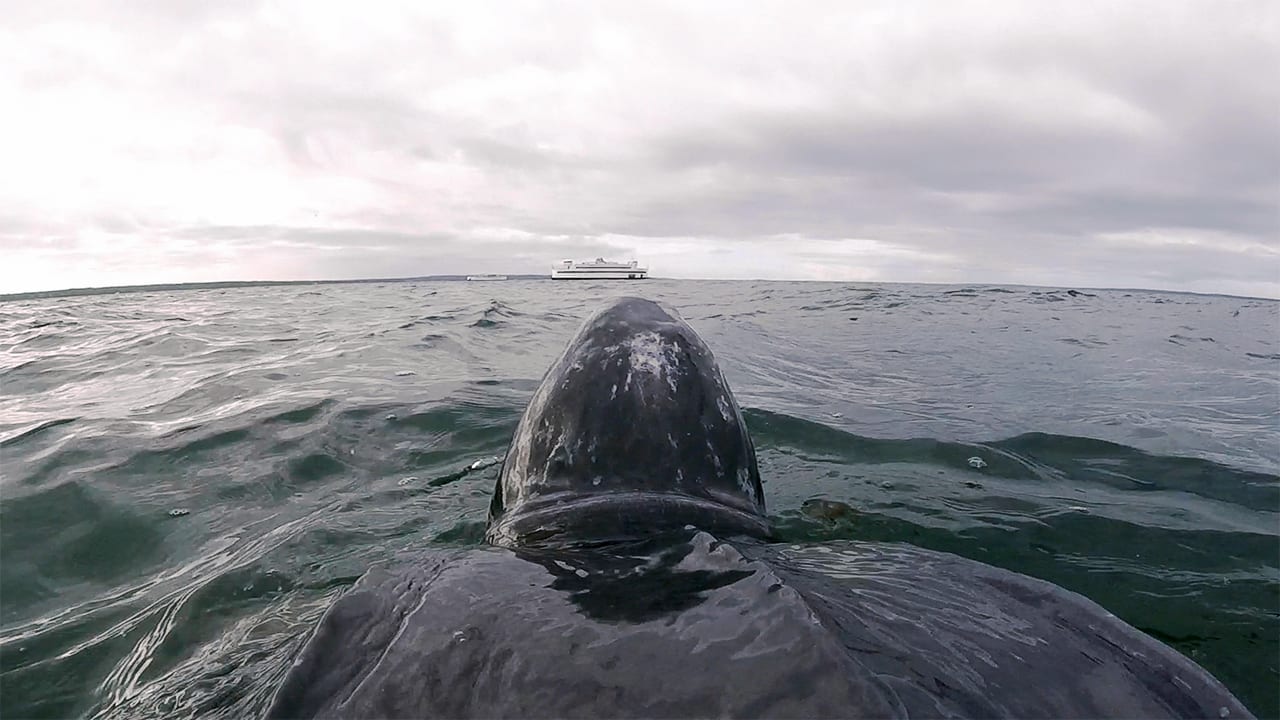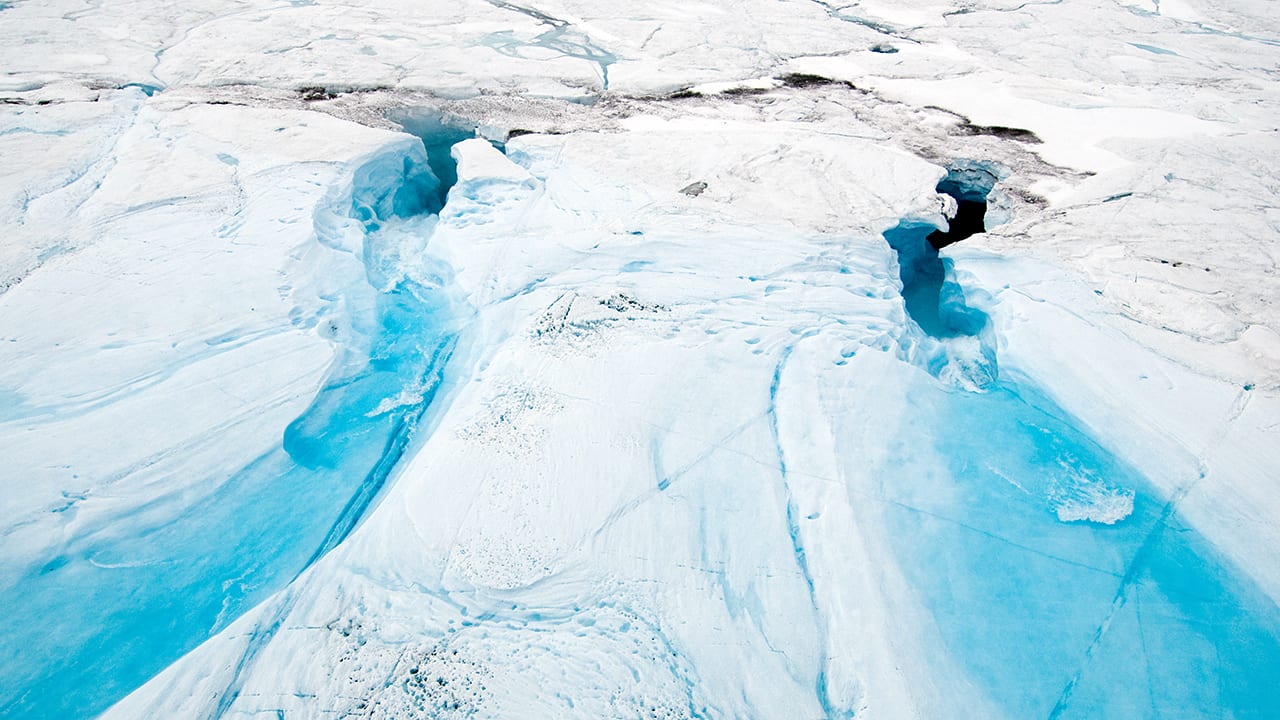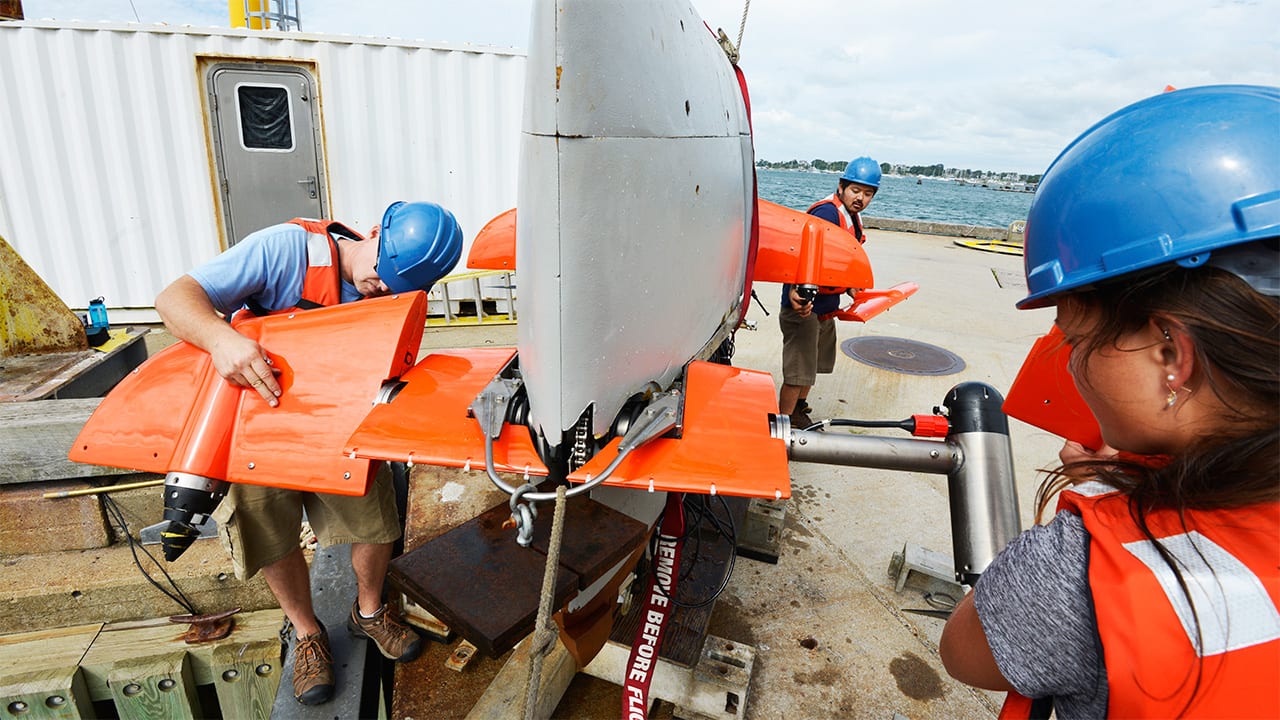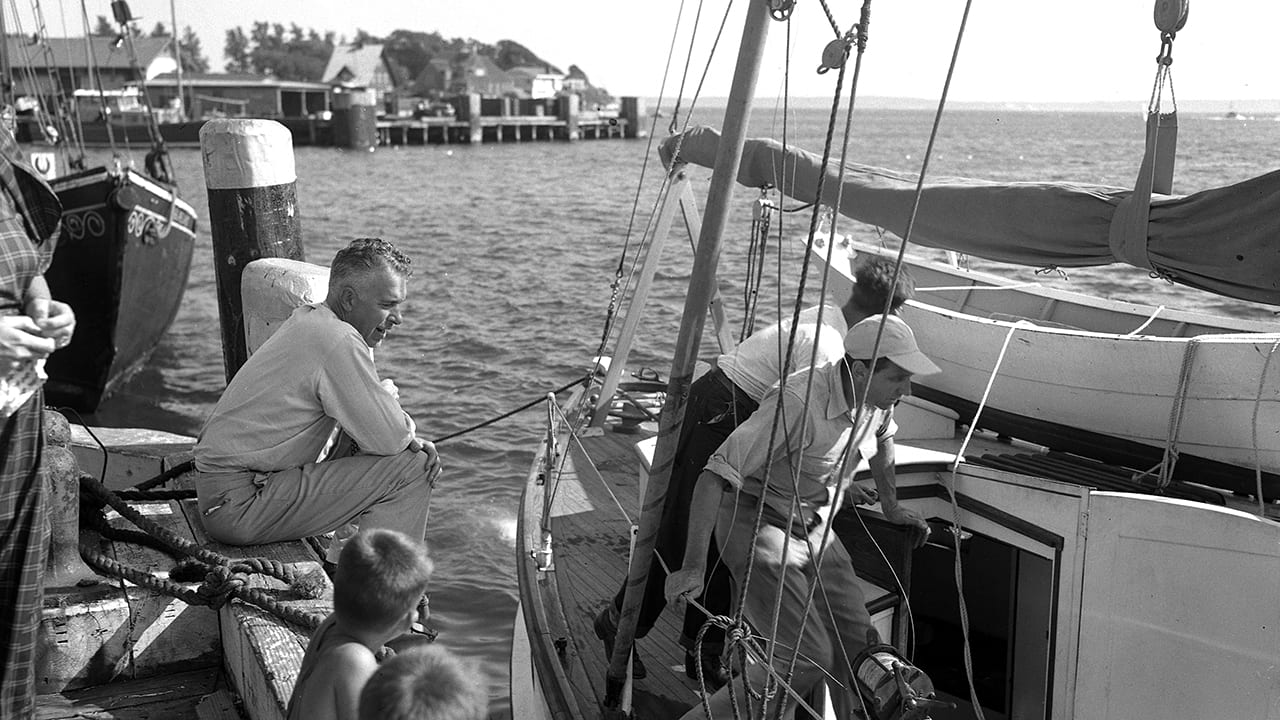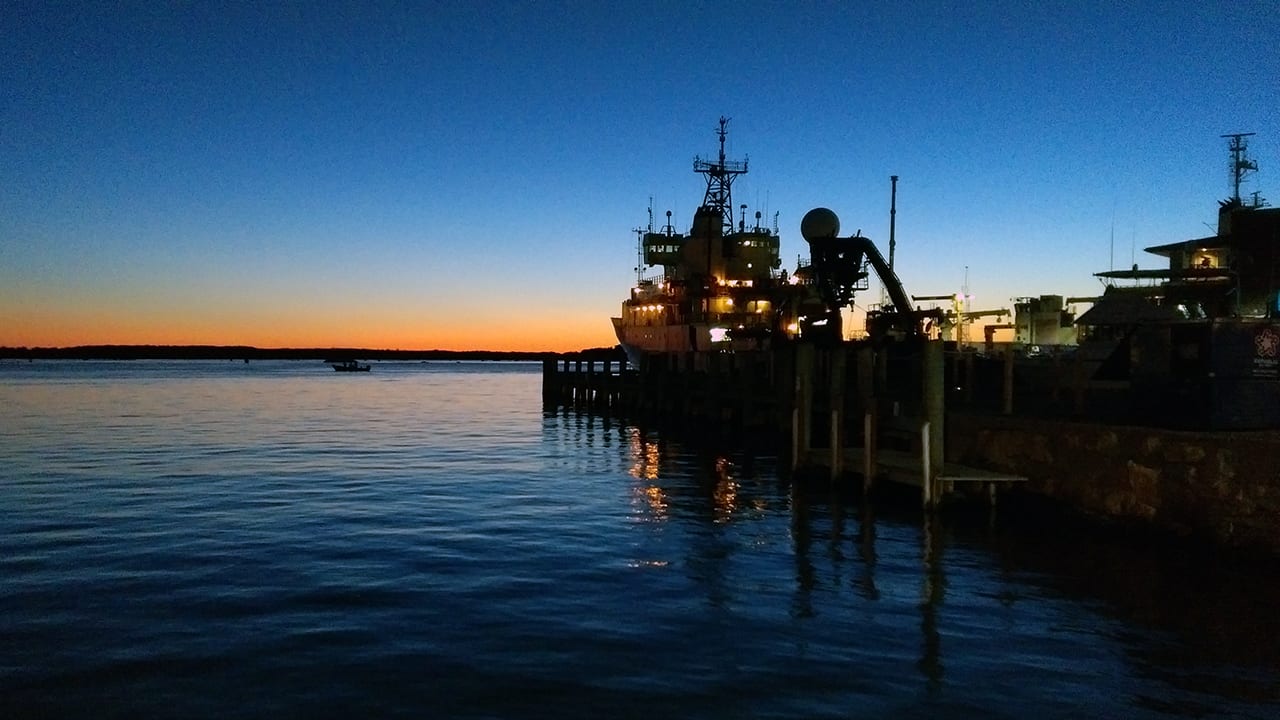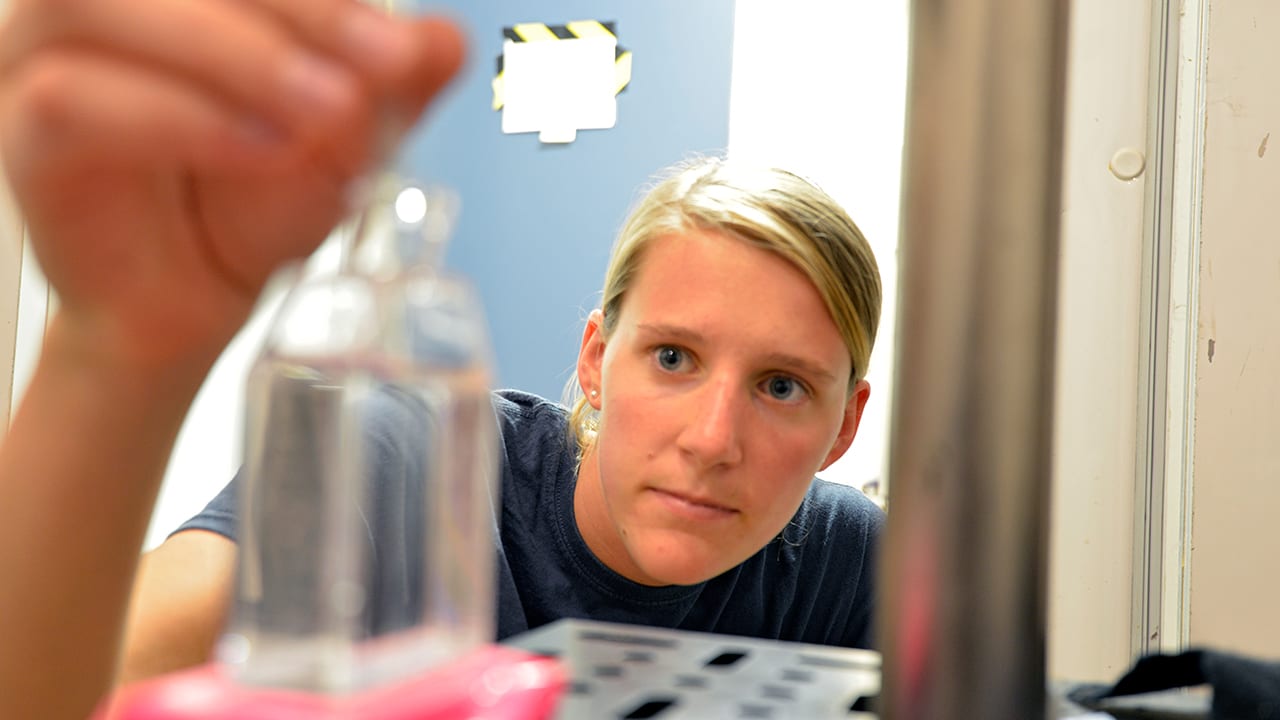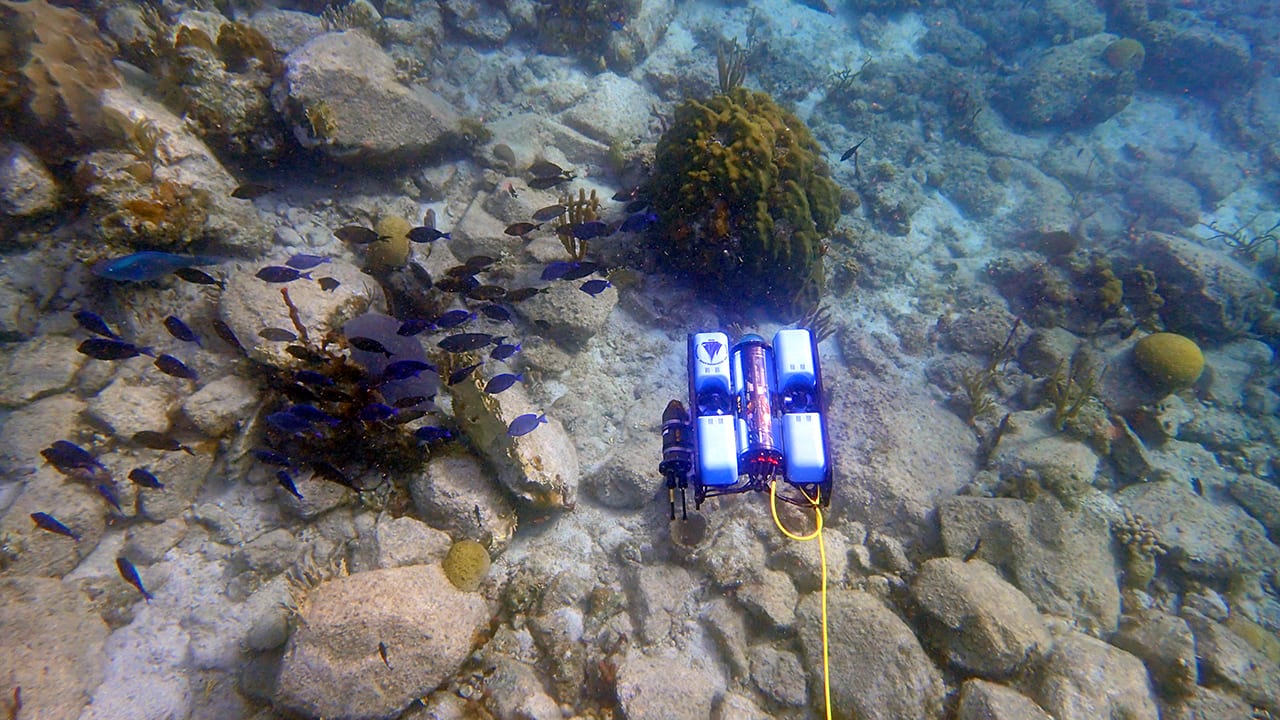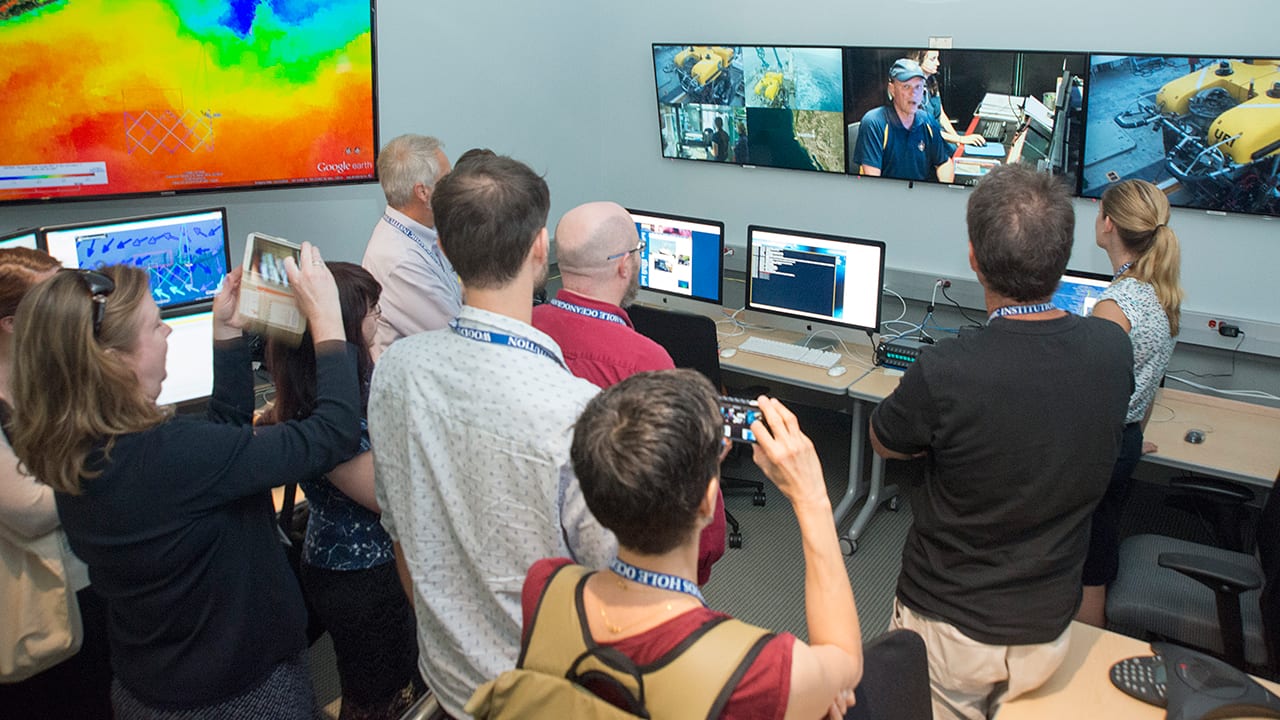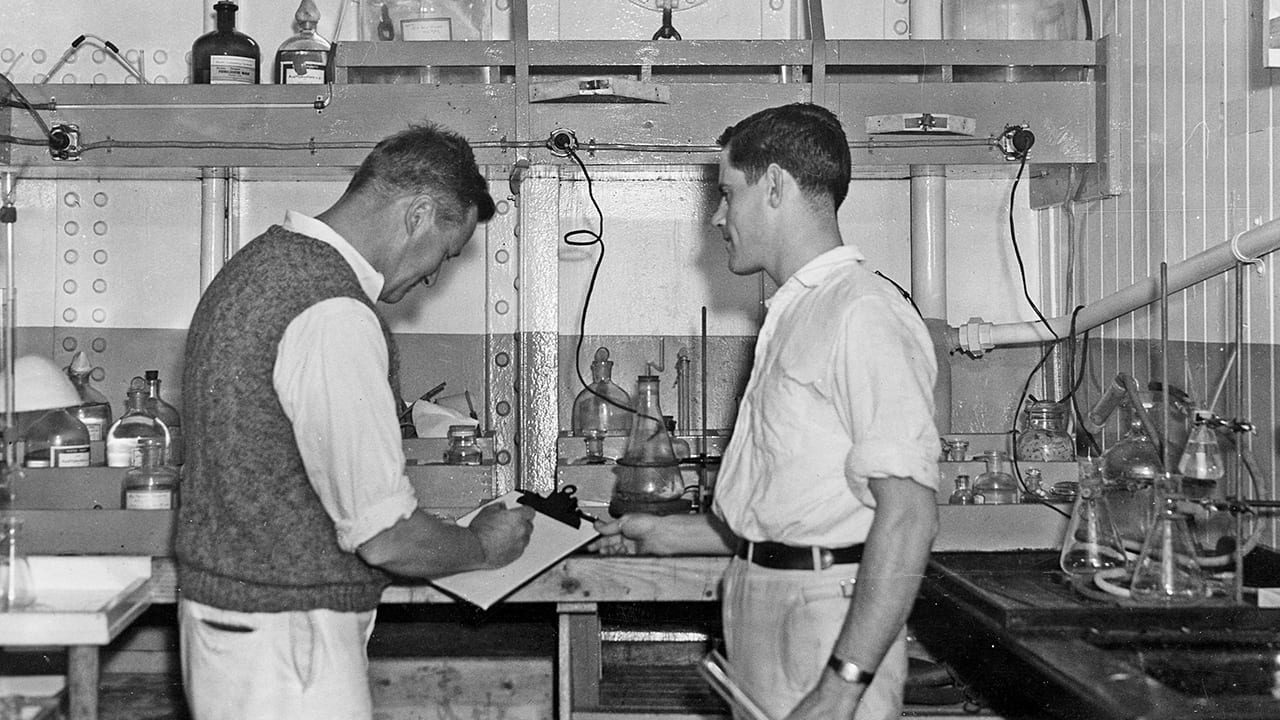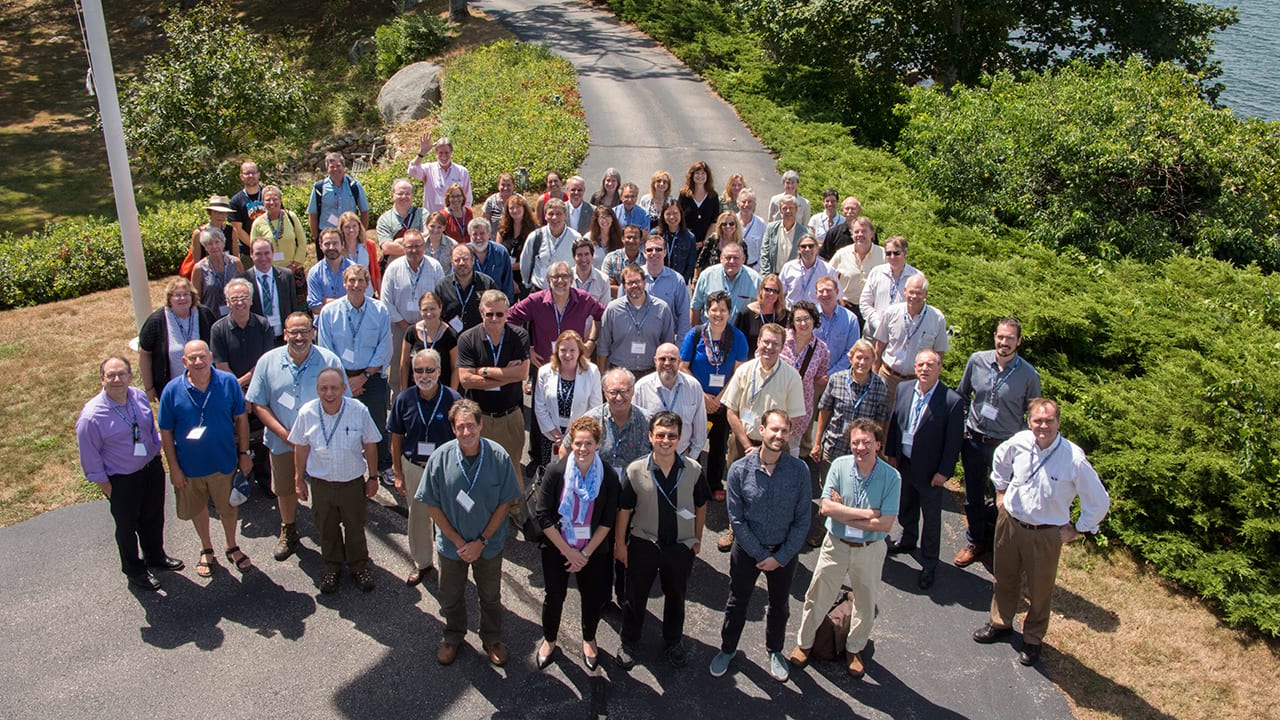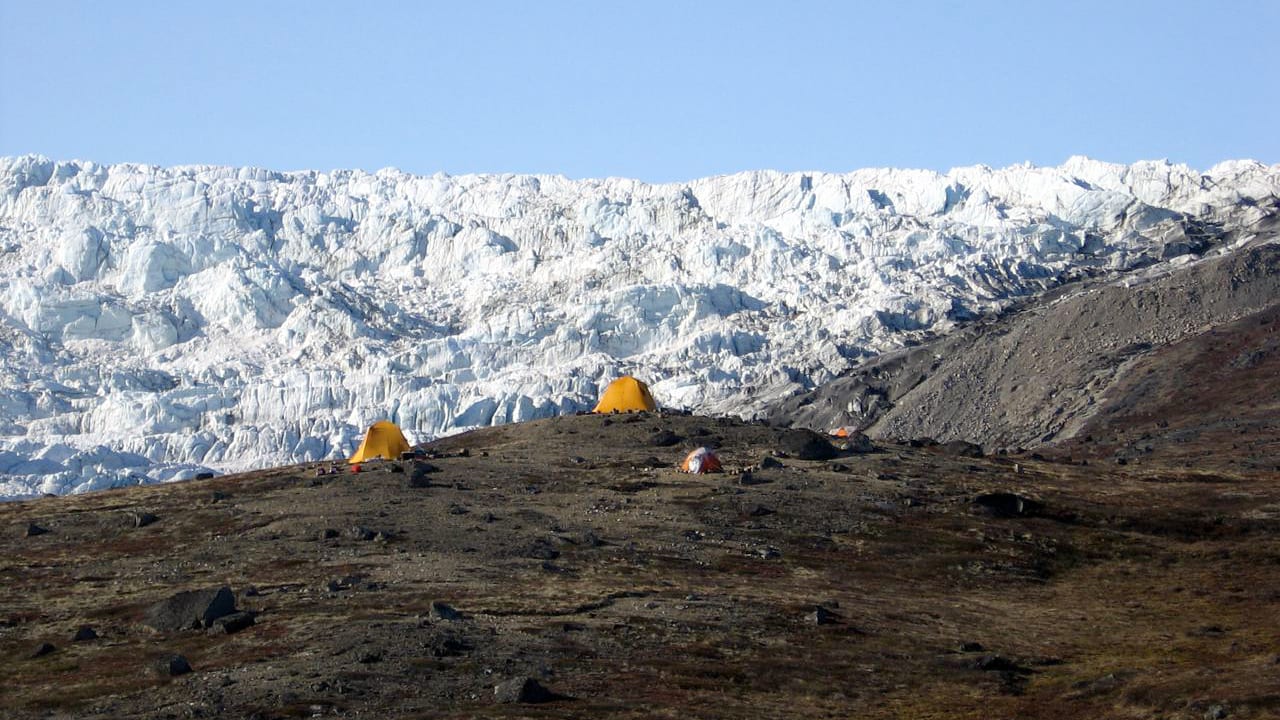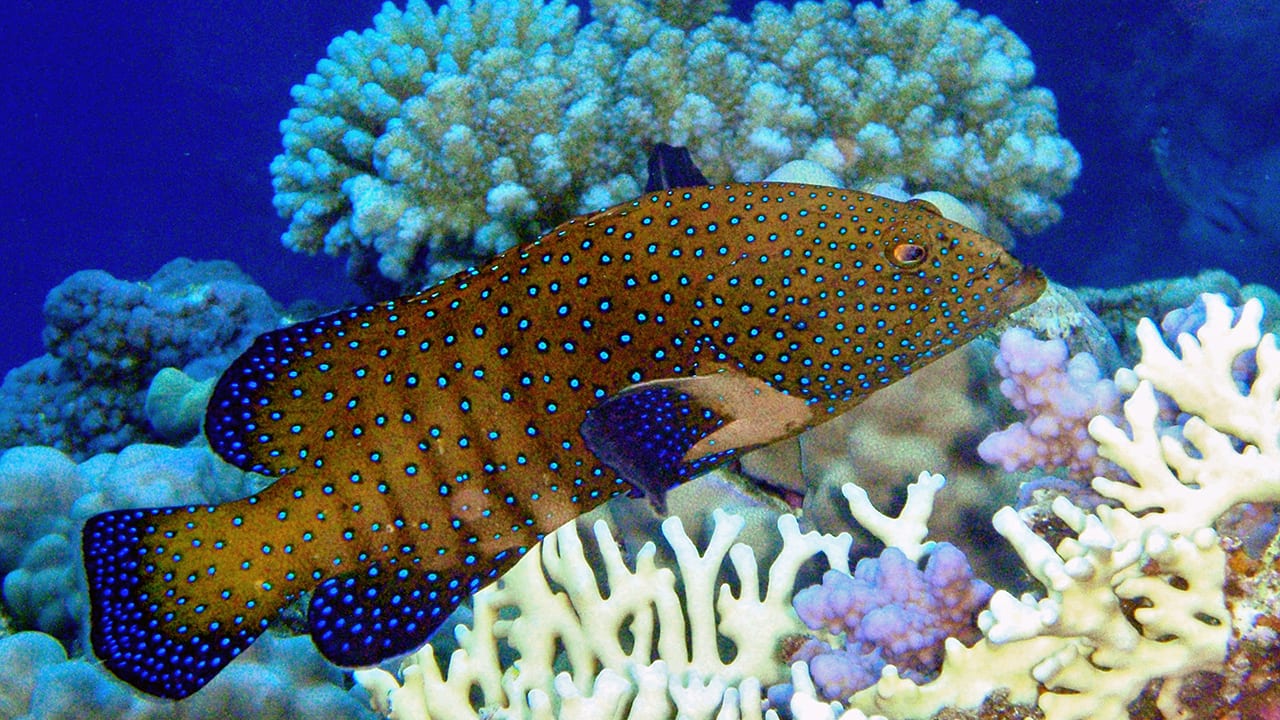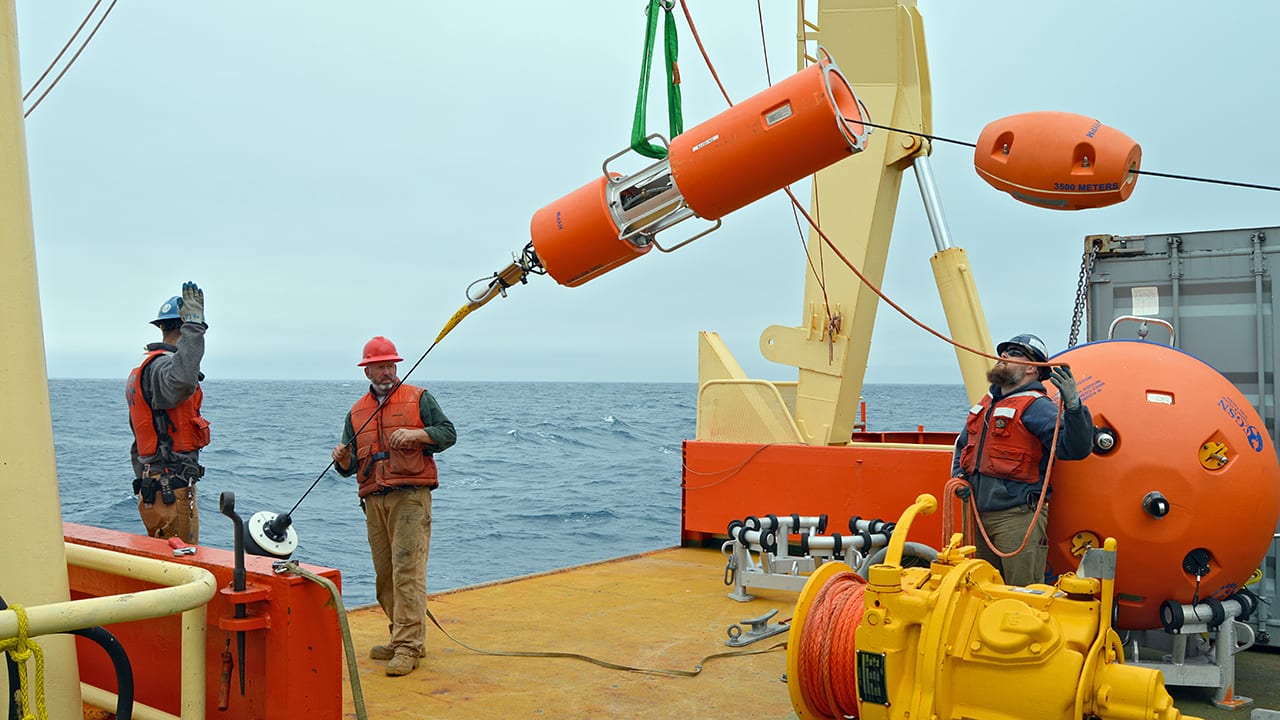Multimedia Items
The Wind Cube
WHOI scientist Anthony Kirincich (right) and Matthew Filippelli from AWS Truepower, Inc., install a Wind Cube device atop WHOI’s 76-foot Air-Sea Interaction Tower two miles off Martha’s Vineyard. The Wind…
Read MoreTwo Ships Passing
The research vessels Atlantis (foreground) and Thomas G. Thompson sailed the same seas for a brief time in the summer of 2009. If they seem to look a alike, it’s because…
Read MoreSampling a Salt Marsh
Coastal wetlands play a critical but poorly understood role in global climate, transferring carbon between the atmosphere, sediments, and coastal ocean. The amount of carbon—and carbon dioxide—moving in and out…
Read MoreGoing With the Flow
WHOI research associate Alexi Shalapyonok deploys an automated flow cytometer called the FlowCytobot at the WHOI-operated Martha’s Vineyard Coastal Observatory (MVCO). Developed by WHOI scientists Heidi Sosik and Rob Olson,…
Read MoreDeep Culture
Katarzyna Melaniuk, a guest student visiting WHOI scientist Joan Bernhard‘s lab, examines cultures of single-celled foraminifera (forams) collected off Norway. She is investigating whether certain species live in chemosynthetic habitats,…
Read MoreRoll On
On its return to Woods Hole in May, the research vessel Neil Armstrong could be seen emptying its anti-roll tank. The 500-gallon tank just below the bridge is fitted with…
Read MoreBy Their Chinstraps
Penguins are like the proverbial canaries in coal mines for the Antarctic region—they are highly sensitive to the impacts of climate change on their food and habitat. Over the past…
Read MoreA FAMOS Gathering
Scientists from around the world came to Woods Hole in early November to attend the Forum for Arctic Ocean Modeling and Observational Synthesis (FAMOS) annual meeting organized by polar researchers…
Read MoreA Four-Star Day
In September, WHOI received a visit from the U.S. Chief of Naval Operations (CNO), Admiral John Richardson, a four-star admiral who is responsible to the Secretary of the Navy. The…
Read MoreLeading Sentry to Water
The autonomous underwater vehicle (AUV) Sentry can carry advanced scientific equipment and work down to 6,000 meters deep in the ocean, but it still needs help getting in the water.…
Read MoreLoading the Deck
A large blue-and-yellow surface buoy is hoisted aboard R/V Neil Armstrong in preparation for a cruise to the Coastal Pioneer Array of the Ocean Observatories Initiative. The buoy weighs approximately…
Read MoreTurtle’s Eye View
A leatherback turtle breaches the surface near the ferry lane between Martha’s Vineyard and Woods Hole, Mass. A ‘turtle-borne’ camera snapped this photo as part of the WHOI TurtleCam project.…
Read MoreBefore the Flood
WHOI climate science takes our researchers all over the globe. In Greenland, they are working to understand how the island’s two mile-thick ice sheet is disappearing. If it melts completely,…
Read MoreFitted with Fins
On the dock, WHOI engineers (from left) Mike McCarthy, Justin Fujii, and Molly Curran attach fins to the autonomous underwater vehicle (AUV) Sentry prior to ballasting and buoyancy tests in…
Read MoreEarly Days
Columbus O’Donnell Iselin, Director of the Woods Hole Oceanographic Institution from 1940 to 1950 and from 1956 to 1958, watches as scientist Edmund Watson and others depart on a research…
Read MoreSerene Sunset
A summer sunset over the WHOI dock finds the research vessel Atlantis at home between voyages. In addition to space for WHOI’s ships, the dock and encompassing Iselin Marine Facility includes a…
Read MoreHow Do Oysters Find a Home?
2016 Summer Student Fellow Erin Houlihan prepares to take a calibration image with a camera that is part of a system for tracking movement of oyster larvae. Houlihan is studying…
Read MoreWhat’s That Sound?
While a coral reef may appear quiet and serene, it’s actually a noisy place. Sounds from different sources—biological, physical, geological, and human—influence life on the reef in a variety of…
Read MoreTour and Telepresence
After the August 2016 Ocean Worlds 2 Meeting, some of the attending space and ocean scientists stayed to tour parts of WHOI, hosted by senior scientist Chris German. In the…
Read MoreTo Be An Oceanographer
WHOI biologist Alfred Redfield (left) was among the first scientists to join WHOI in 1930. He wrote this about his first cruise aboard WHOI’s research vessel Atlantis: “There was a…
Read MoreGoing Deep, Going Far
In August, space and ocean scientists gathered in Woods Hole, Mass., for the second annual Ocean Worlds Meeting, organized by scientists and engineers around the U.S. including WHOI scientist Chris…
Read MoreGlacier Summer Camp
Yellow tents at the edge of a glacier were home to WHOI researchers for seven weeks in 2008. The researchers collected samples from glaciers on the western edge of the…
Read MoreBright Lights in the Blue
In brilliant color, a peacock grouper (Cephalopholus argus) swims among corals in the Farasan Banks in the Red Sea in 2009. WHOI biologist Simon Thorrold and international colleagues were there…
Read MoreDeep-water Deployment
WHOI engineers Jim Ryder (center) and Mark Anderson (right) assist the U.S. Antarctic Program’s Ross Hein (left) to deploy a scientific mooring at the Ocean Observatories Initiative (OOI) Global Array…
Read More
